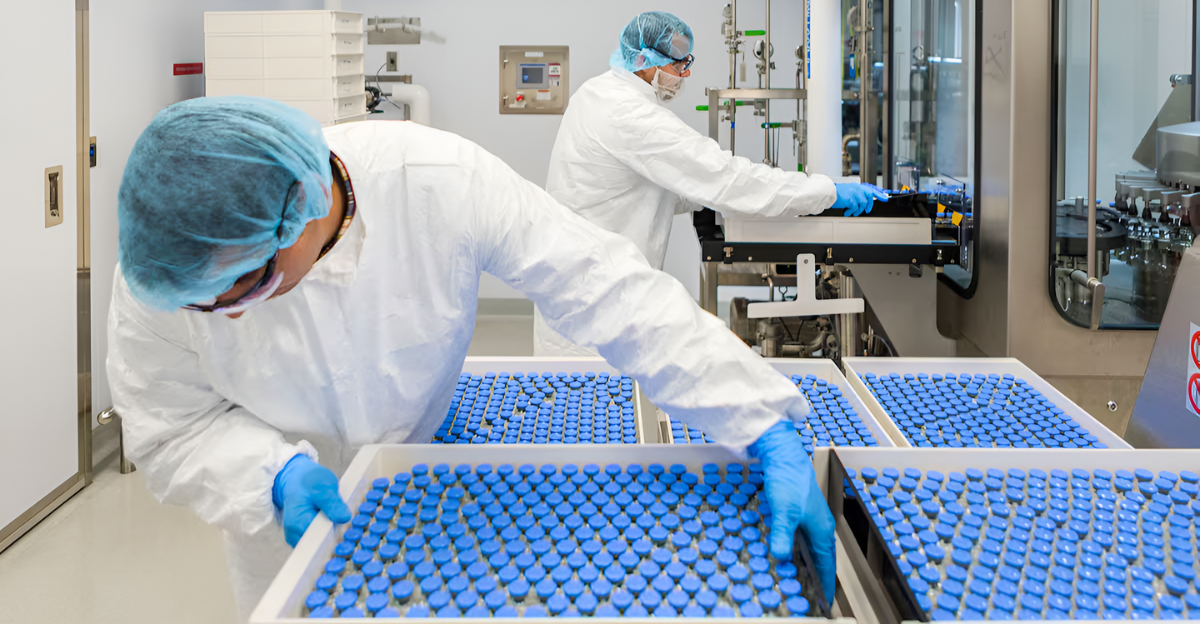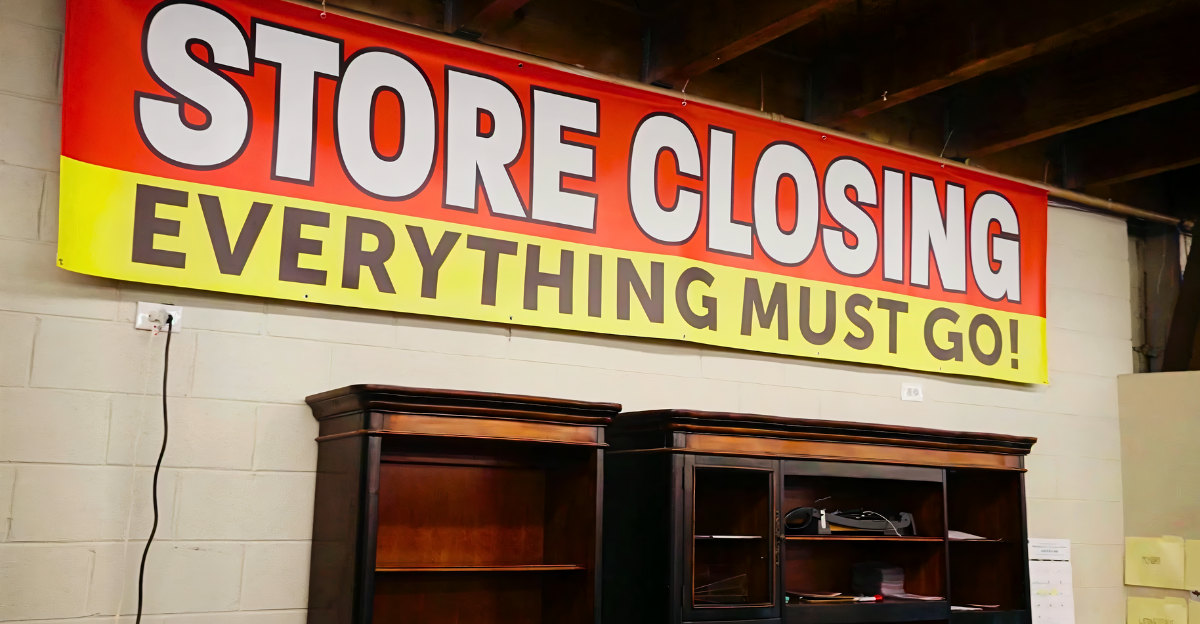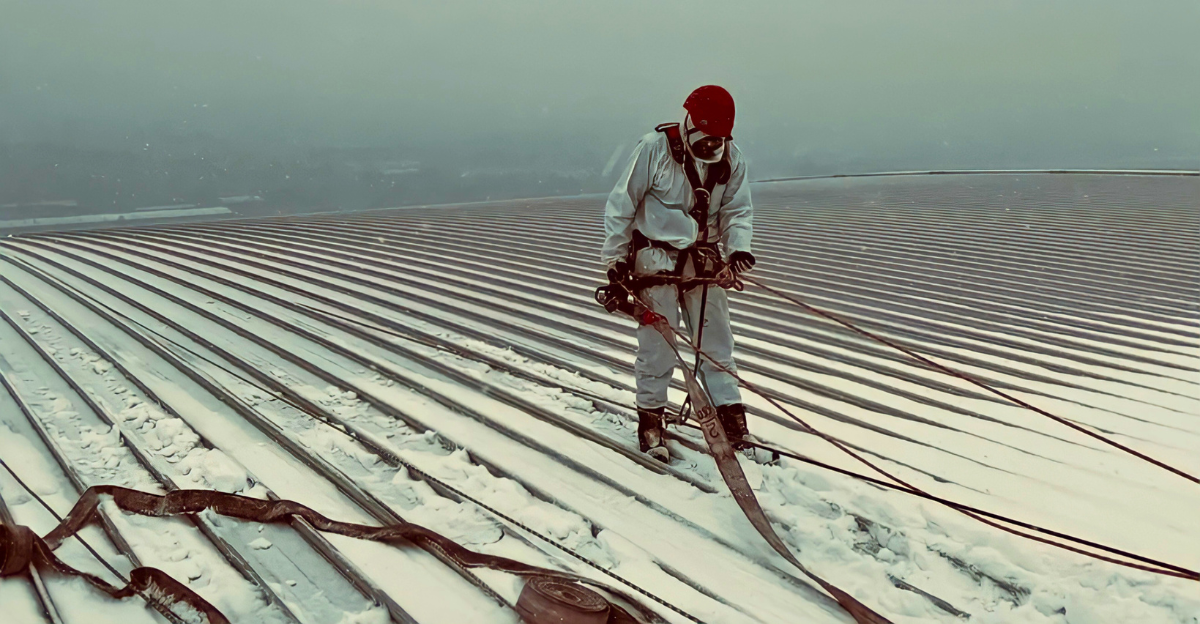
The Chernobyl plant has for many years represented the most serious nuclear disaster worldwide. Decades later, it remains a source of concern.
And recent events have reignited those fears: the colossal shelter building built to enclose radioactive material at unit 4 of the reactor was recently hit by a drone attack.
This was a surprise incident that has severely damaged the building. Professionals state that repairs must be done urgently to avoid a new environmental catastrophe.
Though figures are still being analyzed, the extent of the damage has stunned the world and attracted financial commitments to restore the site urgently.
A Shelter to Last 100 Years
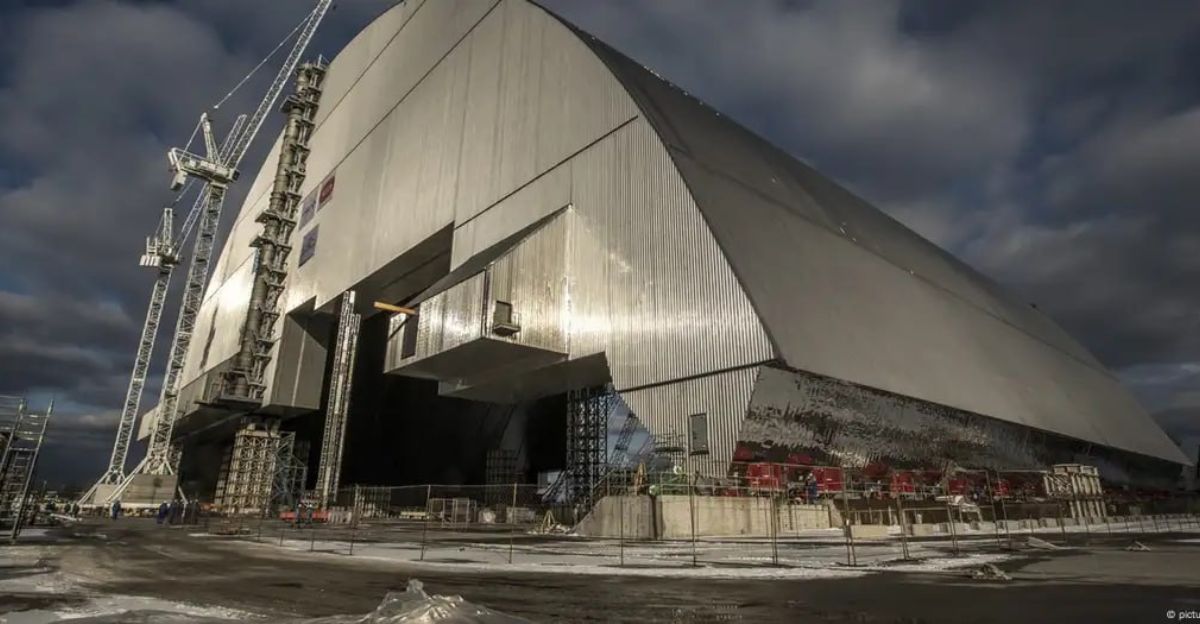
The New Safe Confinement at Chernobyl was supposed to last around 100 years. Completed in 2019, it is the largest ever transportable land structure built, covering the reactor that was destroyed in 1986.
Its function is to prevent radioactive dust and material from leaking out and allow safe demolition of the previous shelter built shortly after the accident.
The building was designed to withstand harsh weather, earthquakes, and even tornadoes. Before the attack, it was a testament to nuclear safety and international cooperation in engineering developments.
The Long Shadow of the 1986 Disaster
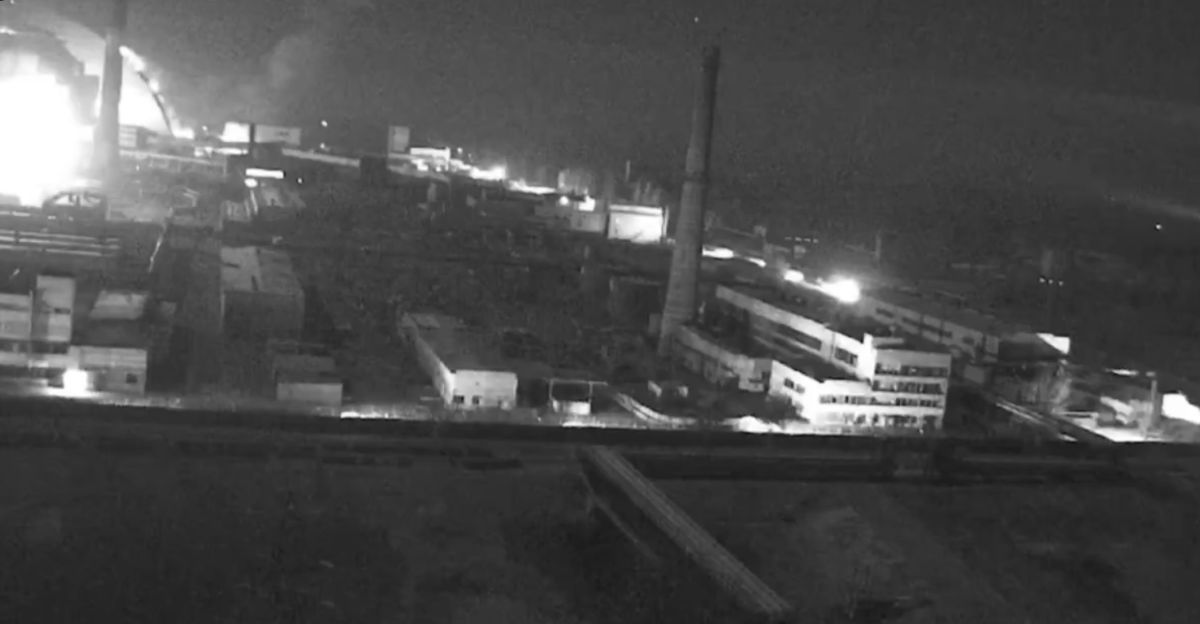
On April 26, 1986, Chernobyl’s reactor unit 4 exploded in the dead of night during a safety test, releasing massive amounts of radiation into the environment.
A temporary scaffolding was built to entomb the debris. That original structure was never meant to be permanent and gradually deteriorated with time.
The New Safe Confinement was subsequently built to enclose the entire original shelter and regulate the massive amount of radioactive material, including about 200 tonnes of extremely hazardous waste.
The Drone Strike That Altered Everything
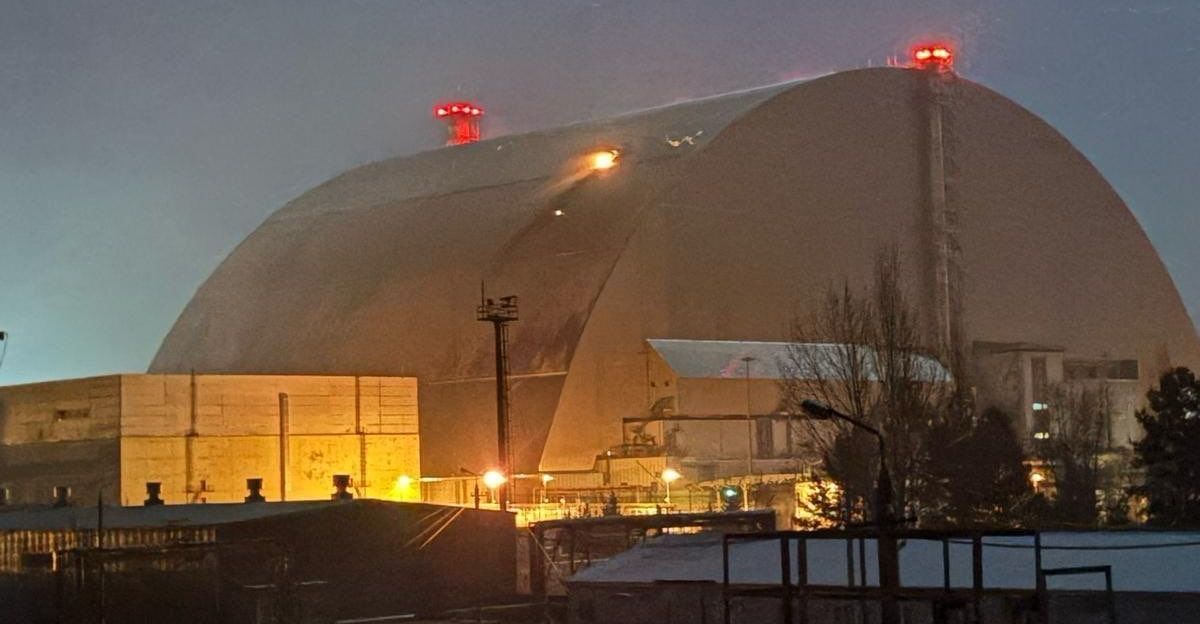
The New Safe Confinement was attacked by a drone in February this year. The attack damaged its inner and outer cladding layers and ignited a fire.
These layers are critical to trapping radiation and safeguarding workers and the environment. The strike damaged critical systems that were intended to maintain the long-term integrity of the shelter.
Emergency work thus had to be conducted to prevent further decline and radioactive contamination, which would have much broader regional consequences.
Money Pouring In

Following the attack, significant international donors rapidly committed funds. The European Union pledged EUR25 million.
This was complemented by EUR6.7 million from the UK and EUR10.6 million from France. Other partners contributed EUR42.5 million initially in a total amount.
The final cost, however, could amount to over EUR100 million, experts project, given the nature of the repair work and the reactor’s poisonous conditions.
Experts consider such pledges as an indication of global determination in ensuring that no nuclear catastrophe occurs again at the site.
The Role of the European Bank for Reconstruction and Development
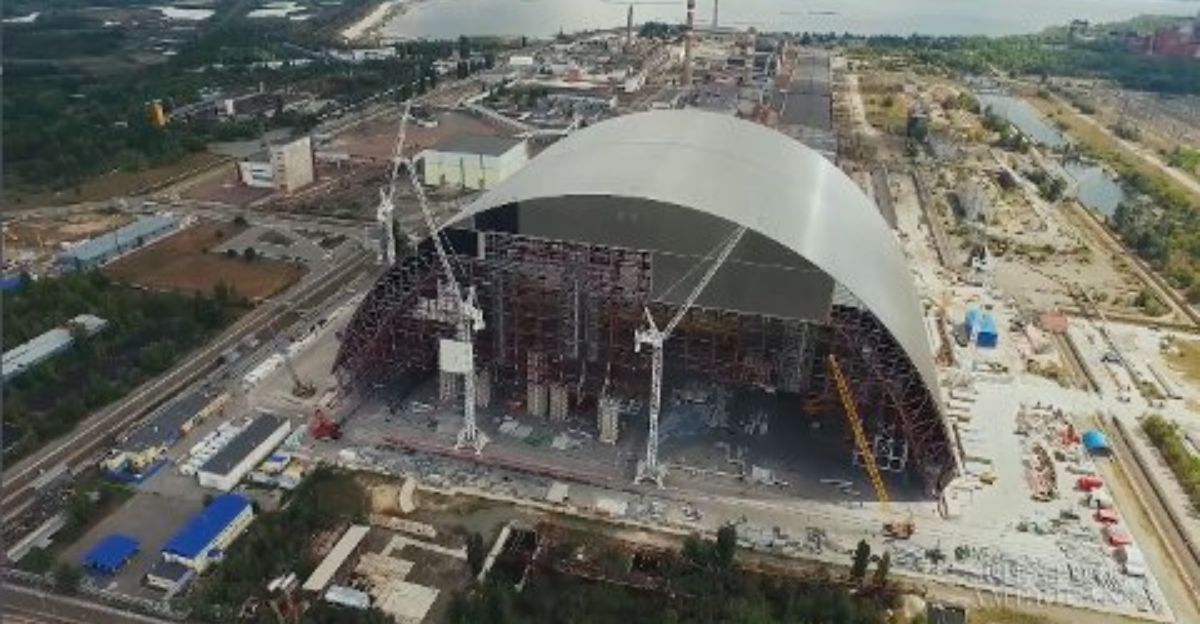
The European Bank for Reconstruction and Development (EBRD) played a crucial role in financing and coordinating the New Safe Confinement project.
The EBRD facilitated the recent meeting where commitments were made and remains in charge of the Chernobyl Shelter Fund.
The bank has also signed a new grant agreement with the factory in Ukraine to begin estimating damage and making repair arrangements.
The EBRD has indicated that the situation requires urgency in order to safeguard the workers and the environment in general.
First Steps: Damage Assessment
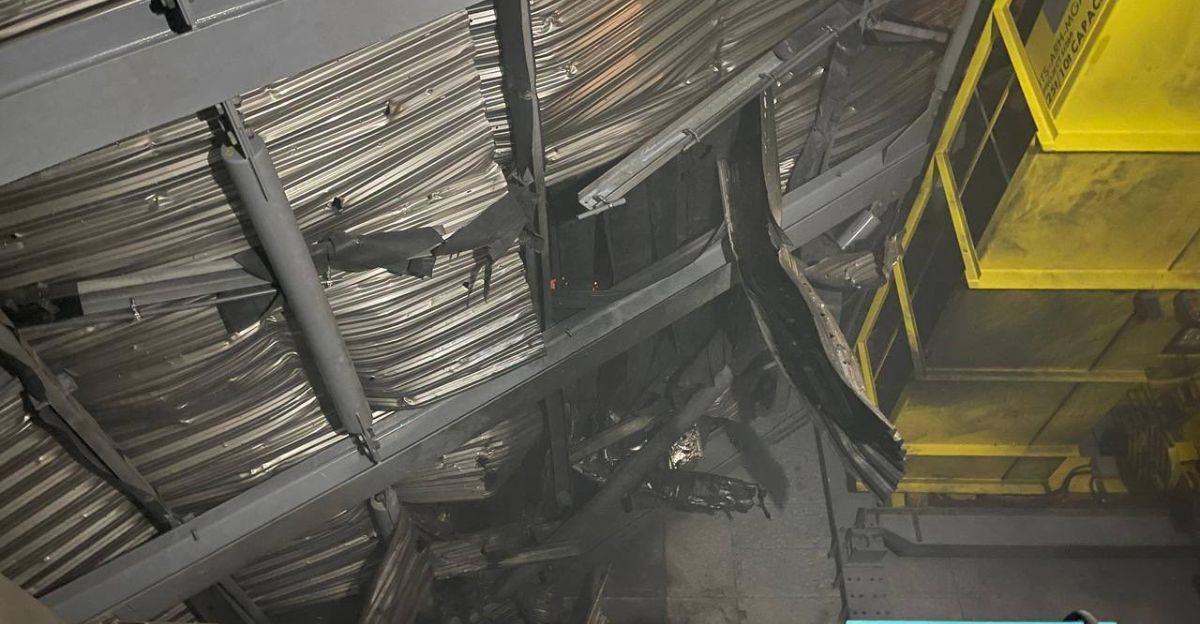
Comprehensive tests are being conducted before repair work begins. Experts are examining the shelter’s outer cladding, membrane, concrete foundations, and inner support walls.
The process is made complex by radiation levels and ensuring rigorous safety protocols are in place. Engineers must also establish whether the initial 1986 shelter below was compromised.
Only after this exhaustive scrutiny can teams devise a solid, phased plan to save the New Safe Confinement and close off any leaks.
Why the Shelter Is So Important
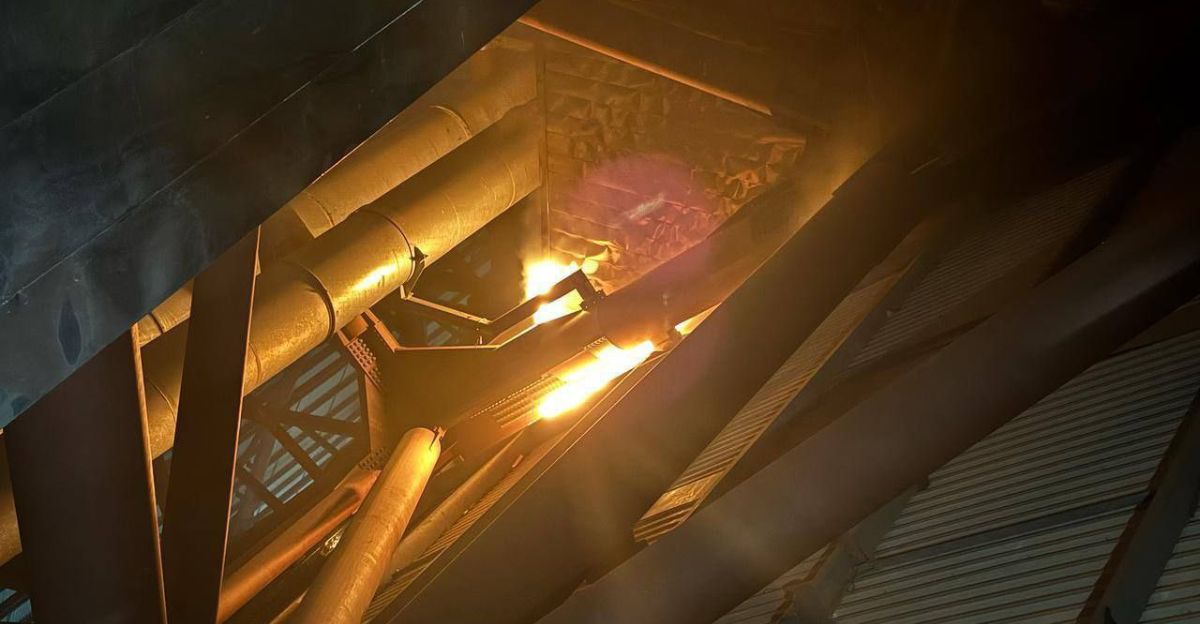
The shelter is not only a barrier to radioactive material but also a system of decommissioning the crippled reactor.
Under protection, the workers can now remove the molten core and other hazardous waste. The job would be almost impossible otherwise.
An opening would pour lethal radiation onto the workers and the environment, wiping away years of safety gains.
The building is the most critical singular step toward the ultimate demolition of the nuclear menace at Chernobyl.
A First-of-Its-Kind Engineering Feat
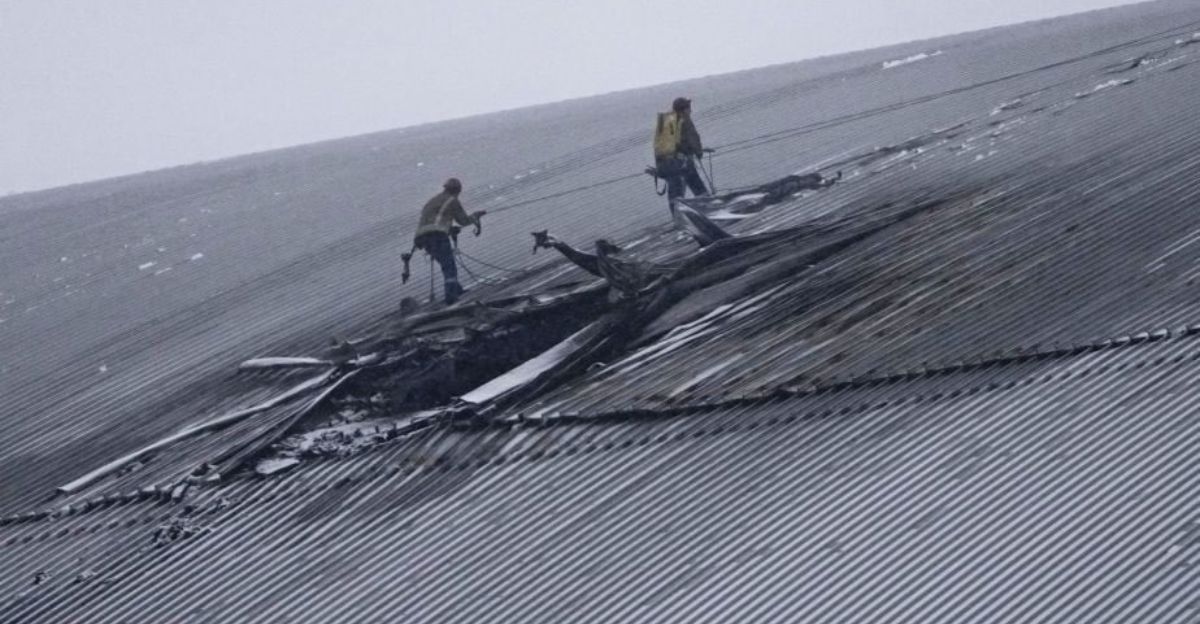
The New Safe Confinement is the first and largest of its kind. It measures 257 meters in diameter, 162 meters in length, and 108 meters in height, and weighs about 36,000 tonnes.
Constructed in two halves near its place of use, it was transported on specialized tracks and bolted over the previous shelter. The plant allows engineers to operate remotely to minimize radiation exposure.
It was also created to withstand seismic and extreme weather conditions but was not built to withstand direct attack, and it centers on emerging threats.
Global Cooperation Continues

The New Safe Confinement was funded by 45 donor nations, raising almost EUR1.6 billion, topping up a further EUR480 million from the EBRD. Nations worldwide have donated year by year, perceiving Chernobyl as a global effort.
The recent commitments show that this spirit of cooperation is still strong even years after the first accident. International support is perceived as crucial for temporary and long-term nuclear safety at the site.
What Happens Next
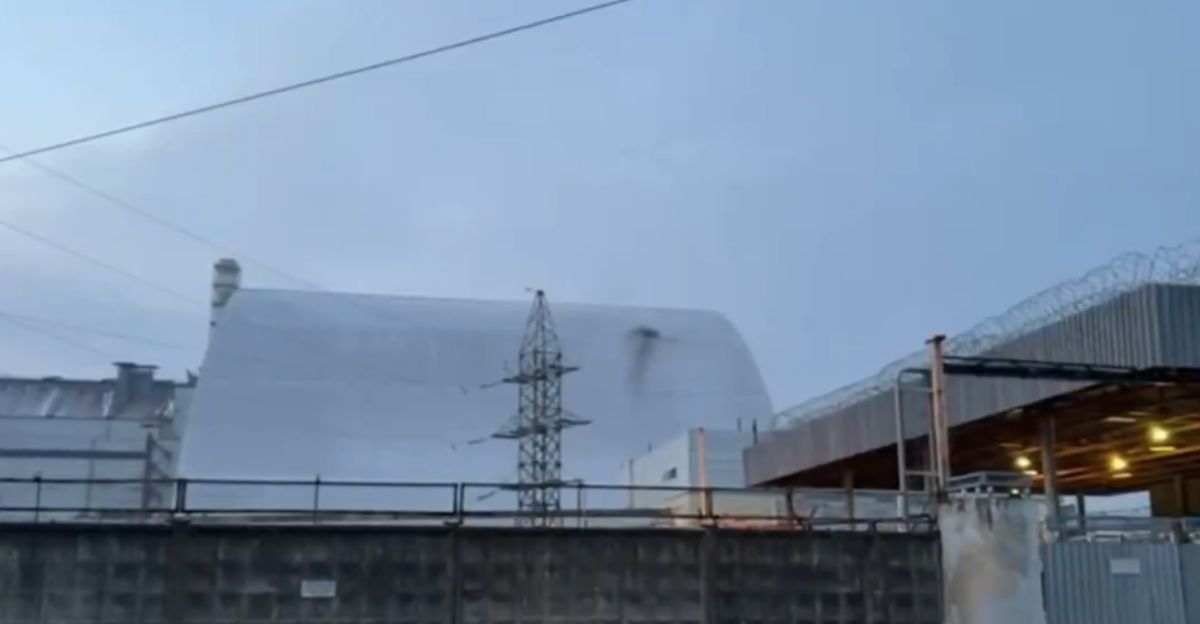
Inspectors will finish scanning and making repair plans within a few months. Construction teams will then undertake the repairs of the cladding and other affected parts.
The other safety features can also be strengthened to act as a barrier against future mishaps. All these repairs must be accomplished sooner rather than later to avoid further breakdown and to ensure that the site does not lose stability.
After being repaired, the shelter will continue to shield radiation and facilitate the eventual dismantling of reactor unit 4.
The Bigger Picture for Nuclear Safety
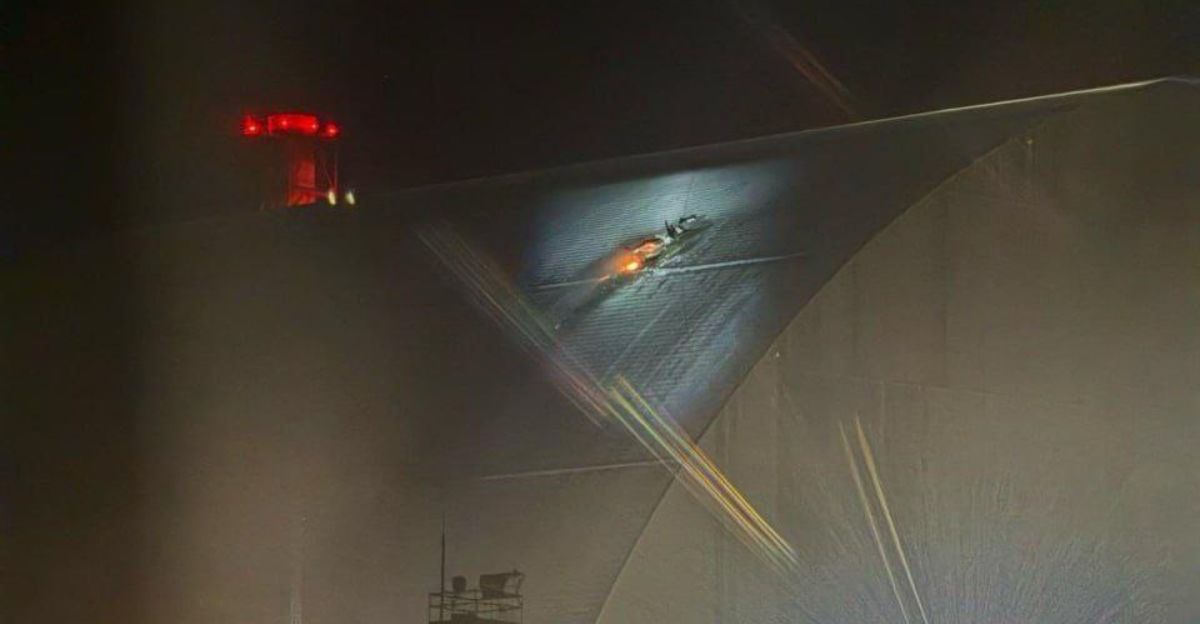
The Chernobyl raid has posed new questions concerning the security of nuclear facilities in war zones. It has also caused us to realize the susceptibility of massive infrastructure ventures to new threats such as aerial drone attacks.
Experts say that new nuclear safety standards may have to incorporate extra precautionary measures against intentional attacks.
Chernobyl reminds us that nuclear dangers can linger for years after an accident and need constant international monitoring and funding.
A Symbol of Resilience
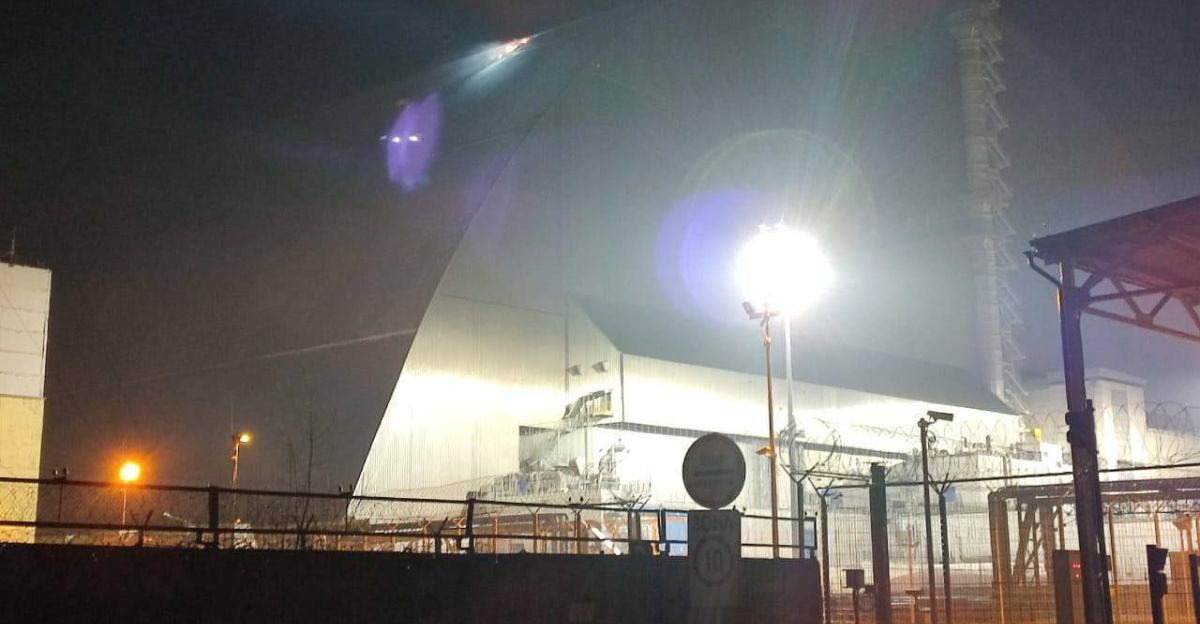
Despite the accident, the prompt response of the global community testifies to the strong commitment to saving Chernobyl and stopping any further damage. The New Safe Confinement is still an imposing symbol of global unity and technical brilliance.
Repairing it will not only safeguard Ukraine and surrounding nations but also demonstrate that nuclear safety is attainable despite adverse conditions. The world waits impatiently for a successful development.
Looking Ahead
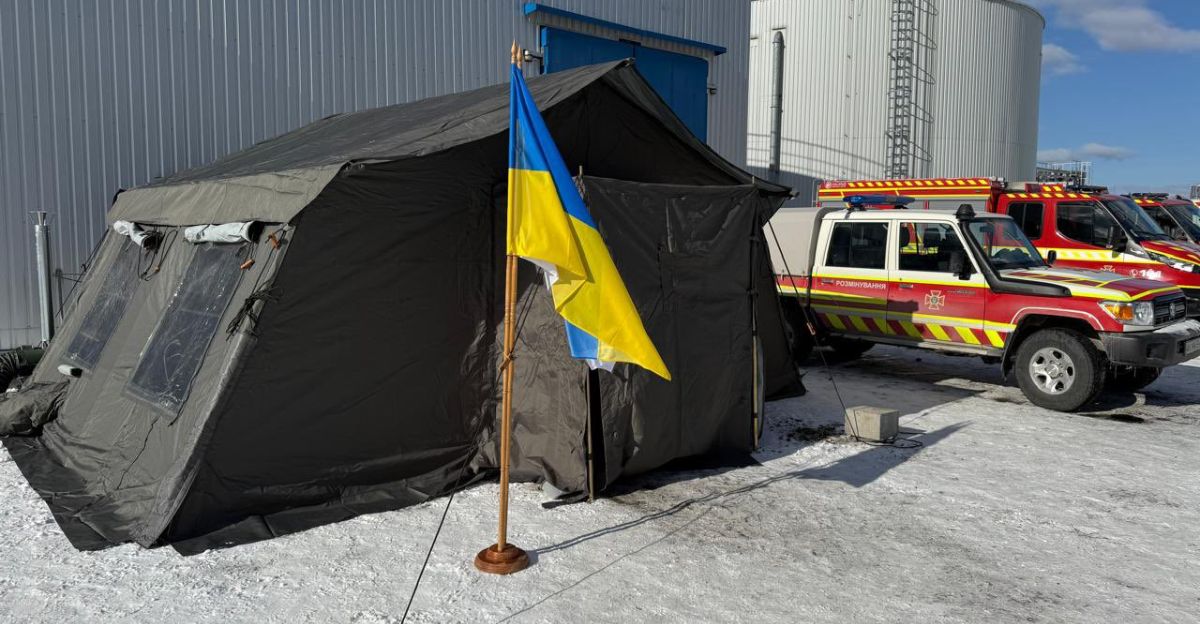
Chernobyl will need close monitoring for generations to come. The recent destruction speaks volumes about the international community’s continuous burden to contain nuclear legacies securely.
As the engineers and maintenance workers push forward, they share one expectation: that what was learned about this site may help avert additional catastrophe and forge even more robust global collaboration. The world watches in anticipation.





